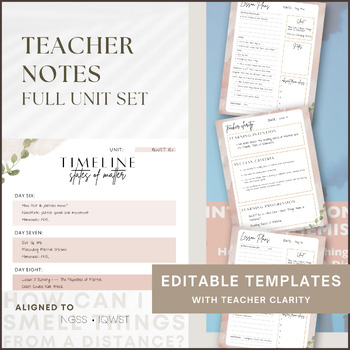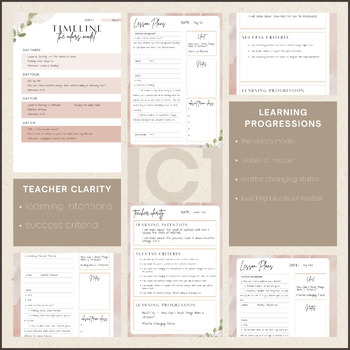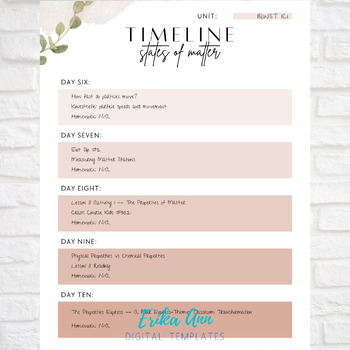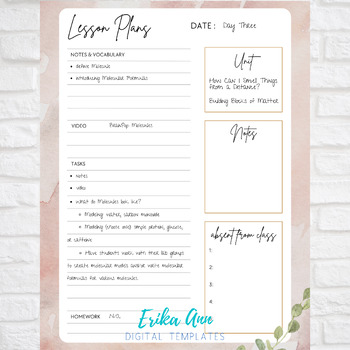BUNDLE Teacher Notes for IQWST IC1 Complete Set with Learning Targets
- Zip
Products in this Bundle (4)
Also included in
- ⭐️⭐⭐️ IQWST Sci 6 Teacher Notes BUNDLE⭐️⭐️⭐️Don’t miss out on an entire year’s worth of tips and strategies with teacher clarity outlines for your Science 6 classroom!Just started implementing Activate Learning’s IQWST in your middle school classroom and need some help facilitating inquiry-based learningPrice $40.00Original Price $80.00Save $40.00
Description
Complete Set of Teacher Notes for IC1
Don’t miss out on an entire unit’s worth of tips and strategies for teaching IQWST in your Science 6 classroom, including timelines and teacher clarity by learning progression and day-by-by walkthroughs sure to make facilitating
Inquiry-based learning a breeze!
This 54 page complete bundle for Activate Learning’s IQWST IC1 How Can I Smell Things from a Distance? uses Canva, a free, easy-to-use website. All pieces are editable in your internet browser. Thanks to Canva, there is no additional software required.
Low Prep Required. Simply print and go!
Activate Learning’s IQWST + NGSS aligned
IC1 TEACHER NOTES DOWNLOADABLE FILE INCLUDES
Learning Progressions:
Lesson Plans:
-- Timeline by Learning Progression (7)
-- Teacher Clarity by Learning Progression (7)
-- Day-by-Day Walkthroughs (29)
-- Blank Template
*These are simply my lesson plans, notes, and tips that I've developed throughout my experience teaching this curriculum. This listing references vocabulary, activities, and readings from the curriculum but does not include any files from the curriculum. This listing is not acting as the curriculum itself, nor is it intended to act as a replacement.






